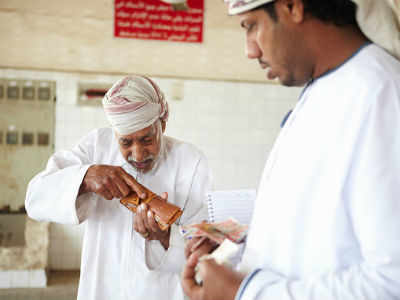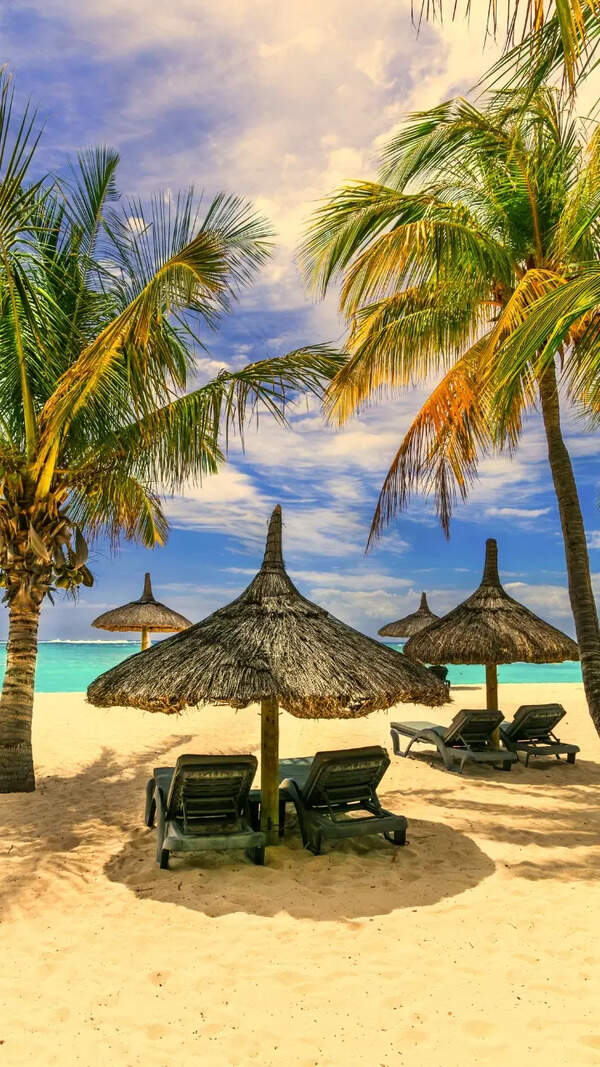- News
- lifestyle
- health-fitness
- health-news
- 80 % of Indian population not covered under any health insurance
Trending
This story is from April 23, 2016
80 % of Indian population not covered under any health insurance
The NSSO survey also found that around 1% of the poor in rural areas have to sell their physical assets to meet health expenditure.
People in villages mainly depend on `household income or savings' (68%) and `borrowings' (25%) to fund hospitalization expenses, reflecting the failure of the agencies in expanding the reach of government health facilities and insurance cover in rural areas.
In cities, people rely much more on their 'income or savings' (75%) than on 'borrowings' (18%) to fund their treatment, reveals a government survey. The survey confirms earlier studies that have repeatedly shown that India has among the most privatized healthcare systems in the world with 'out of pocket' expenses accounting for bulk of medical spending.
The NSSO survey also found that around 1% of the poor in rural areas have to sell their physical assets to meet health expenditure. Also, more than 5% seek help of friends and rel atives. This is also in line with earlier studies which have concluded that millions are pushed into poverty each year due to medical expenditure and that such expenses are among the leading causes of indebtedness among the poor in India.
The survey found that as high as 86% of rural population and 82% of urban population were still not covered under any scheme, public or private, to support health expenditure. “It was observed that such coverage was broadly correlated with levels of living in both rural and urban sectors,“ noted the survey, conducted during January to June 2014.The poorer people appear unaware or beyond the reach of such coverage, both in rural and urban areas, it said.
The government, however, was able to bring about 12% urban and 13% of rural population under health protection coverage through Rastriya Swasthya Bima Yojana (RSBY) for unorganized workers and Below Poverty Line (BPL) families, ESI for organized workers, CGHS for government employees and other state-level insurance plans that cover BPL.
The survey reflects that more and more people are accessing healthcare from private facilities, which puts them under massive financial burden as it pointed out that more than 70% (72% in rural and 79% in urban) spells of ailment were treated in the private sector.
It was noted that reimbursement of hospitalisation expenses was also not very encouraging which suggests that even those who were covered under some scheme could not get back their money.
End of Article
FOLLOW US ON SOCIAL MEDIA
Visual Stories
Tired of too many ads?go ad free now










